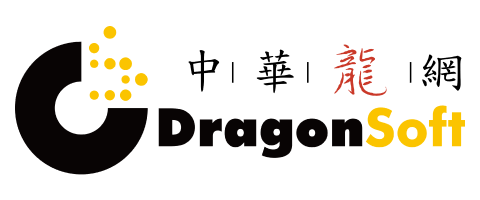Public Cloud Successful Cases:
Chunghwa Telecom and world-class service leader Amazon have teamed up to create this customer-dedicated AWS cloud solution

DragonSoft, founded in 2003, is a company focused on developing internationally competitive Security software. It possesses a skilled professional project team and Security experts. Its products have obtained certification through the Common Vulnerabilities and Exposures (CVE®) Compatibility Program, ahead of its competitors. It has more than a 70% market share in Taiwan; its customers include government agencies, financial institutions, schools, companies, and Security service providers, altogether more than 200 entities. Its agents and distributors are located in more than a dozen countries across Europe, the Americas, and Southeast Asia. DragonSoft's core business includes the software development and service aspects of Security. DragonSoft internationally promotes Taiwanese Security products and services with its professional brand image and dynamic deployment.
AWS Identity and Access Management (IAM) 、 AWS GuardDuty、 AWS Inspector、AWS Config、AWS Config Rules、AWS CloudTrail、 AWS CloudWatch、AWS CloudWatch Events、AWS Lambda、AWS KMS、AWS WAF、AWS Certificate Manager。